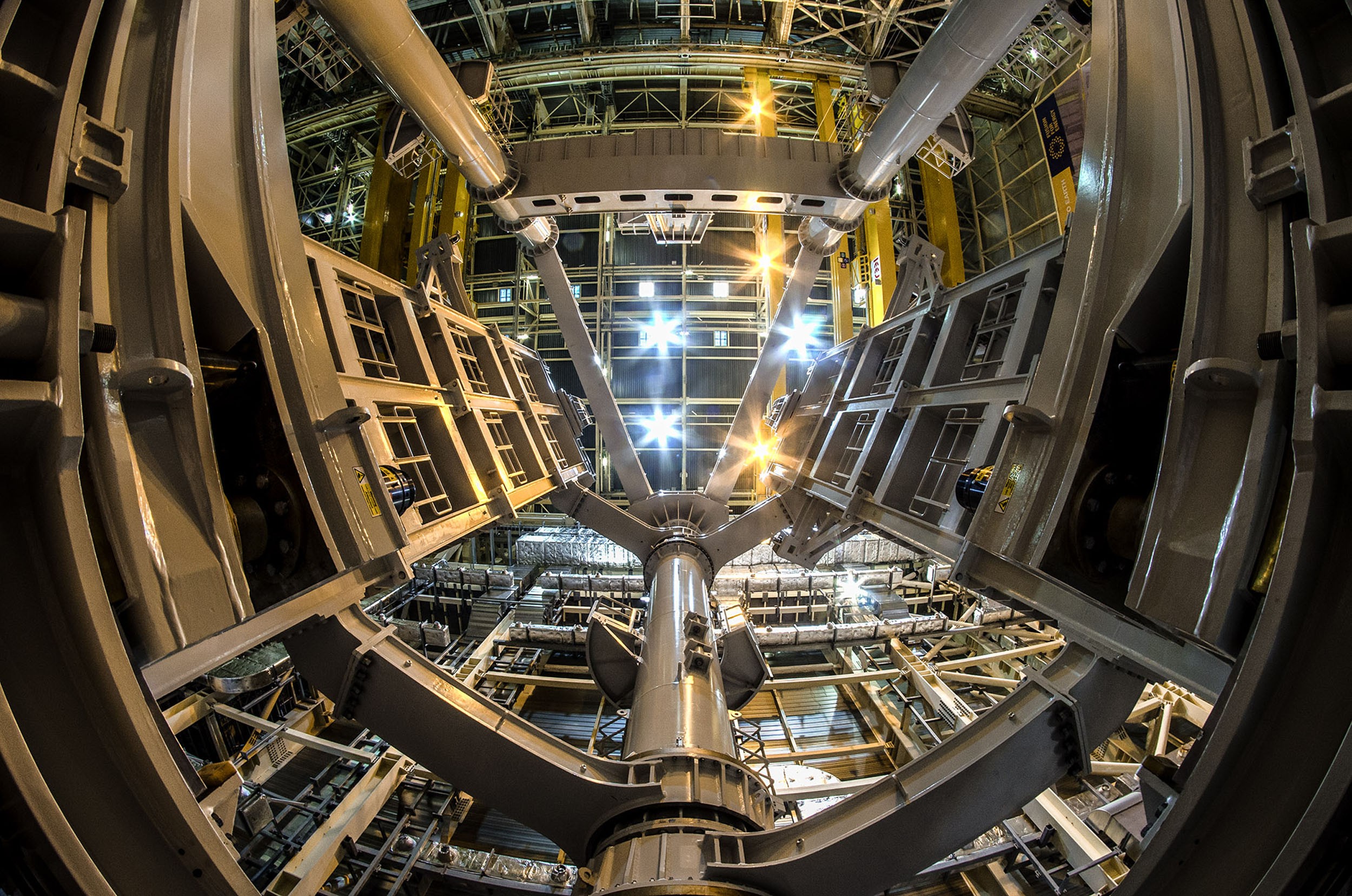If you’re counting on a reported fusion energy breakthrough to provide the juice to power all those generously taxpayer subsidized electric vehicles that Democrats plan to push on overloaded U.S. grids, perhaps consider hanging on to your old faithful fossil-fueled model a bit longer . . . at least for a few decades.
This is not to say that the Dec. 5 announcement of a major experimental achievement at the Lawrence Livermore National Ignition Facility (NIF) in achieving the world’s first controlled nuclear fusion reaction isn’t a significant scientific development. . . it definitely is.
But as for producing a net energy output over input…not really.
We’re still a long way from Biden Energy Secretary Jennifer Granholm’s hyped claim that “This milestone moves us one significant step closer to the possibility of zero-carbon abundant fusion energy powering our society.”
So, here’s what happened at NIF.
Following decades of international effort, scientists succeeded in replicating an enormously high-temperature and pressure process which occurs on stars that compresses and combines two nuclei of hydrogen — the universe’s smallest and most abundant atom – to produce a helium nucleus and a neutron, releasing “clean” energy in doing so.
This nuclear reaction fundamentally differs from a fission reaction that powers today’s nuclear plants by splitting a large uranium nucleus into two fragments, unleashing energy along with hazardous radioactive waste when they fly apart.
The challenge with making fusion economically practical, and it’s still colossal, is to figure out how to get more energy out to produce it than the amount you put in to ignite the reaction.
Whereas the NIF laboratory that used 192 lasers to heat and compress hydrogen atoms at more than 180 million degrees Fahrenheit reportedly released 3.15 megajoules for every 2.05 megajoules of input, this, unfortunately tells only part of the story.
It also took lots of external energy to power those lasers…about 300 megajoules “out of the wall socket” with less than 1% efficient lasers. Any net practical commercial benefits would require such continuous reactions to occur every second with a vast increase in laser efficiency along with size reduction.
And yes, who’s to say that won’t eventually happen… maybe sooner than we might imagine?
After all, despite a long time in coming, the NIF proof-of-concept demonstration at Lawrence Livermore lends credence and substance to such elusive dreams.
Active scientific interest in high-powered laser-ignited fusion central to NIF’s program can be traced back to very different goals — 1990s studies of its application to development and testing of nuclear weapons systems.
The studies focused particularly upon gaining better understanding and prediction of the dynamic behavior of super-hot, dense matter relative to early stages of nuclear detonations without underground tests.
Although construction of the NIF which began in 1997 led to producing the world’s most powerful laser by 2009, three years of failed attempts to achieve fusion ignition nearly ended financial support for the effort by 2012.
That research interest became renewed during the decade that followed as the U.S. Department of Energy’s national laboratories put together an interdisciplinary team of scientific and engineering professionals from government, universities and the private sector engaged in a series of technical designs and experiments involving fields including laser technology, nuclear and plasma physics, precision-target fabrication, instrumentation, and high-fidelity computer modeling.
That collaborative effort paid off in achieving the ambitious and historic long-awaited goal of achieving fusion ignition conditions.
Whether or not economic and social promises of endless, affordable, reliable, environmentally benign fusion energy can be taken to the bank now, let’s deservedly credit that accomplishment and recognize the importance of such experimental initiatives leading to yet unknowable future discoveries which can advance our societal future for the better.
On the other hand, don’t believe the hype that a fossil-fuel free fusion world is near until we witness a couple of other crucial milestones.
The next necessary breakthrough will require an entire fusion reactor – including all input energy to create it — to produce more net energy than it consumes. The NIF experiment doesn’t come close to that threshold.
Then, to become economically viable, a third and all-important development must demonstrate that fusion reactions must be scalable, continually sustainable, and cost competitive with other energy options. That includes successful rivalry with fission and fossils, offering reliable output capacities and weather independence not afforded by wind and solar.
Maybe all this will happen . . . maybe it won’t.
But don’t count on it powering a zero-carbon world future any time soon.
